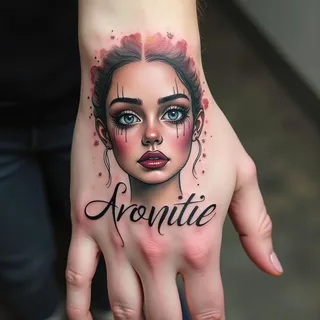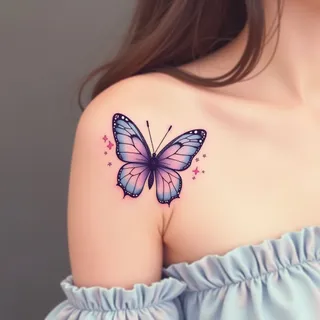Henna Hand Tattoos: A Guide to Their History, Symbolism, and Meaning
A Rich History
The practice of adorning skin with henna dates back thousands of years to ancient Egypt, Africa, and the Middle East. Initially used for ceremonial purposes, such as weddings and births, henna application has evolved into a cultural tradition in many countries, including India, Pakistan, Morocco, and Yemen.
Symbolism & Meaning
The meaning behind henna designs varies widely depending on the culture and individual intent. Here's a look at some common interpretations:
- Good Luck & Blessing: In many cultures, henna is believed to bring good luck, happiness, and blessings upon the wearer.
- Protection: Henna patterns are sometimes used as protective symbols against evil spirits or negative energy.
- Beauty & Celebration: Henna is a central part of celebrations like weddings, where intricate designs symbolize joy and prosperity.
- Fertility & Love: In some traditions, henna tattoos represent fertility, love, and commitment.
- Personal Expression: Today, many individuals choose henna designs simply for their aesthetic appeal, using them as a form of self-expression and temporary body art.
Common Design Elements & Their Meanings
While the overall meaning depends on context, certain elements often carry specific symbolism:
- Circles: Represent eternity, completeness, and the cyclical nature of life.
- Floral Patterns: Symbolize beauty, growth, and femininity.
- Paisley Motifs: Often associated with fertility, prosperity, and good fortune.
- Geometric Shapes: Can represent balance, harmony, and spiritual connections.
Modern Interpretations
While rooted in tradition, henna tattoos have evolved. Modern designs often blend traditional elements with contemporary aesthetics. Individuals may choose patterns that reflect their personal beliefs or simply admire the artistry of the design.


